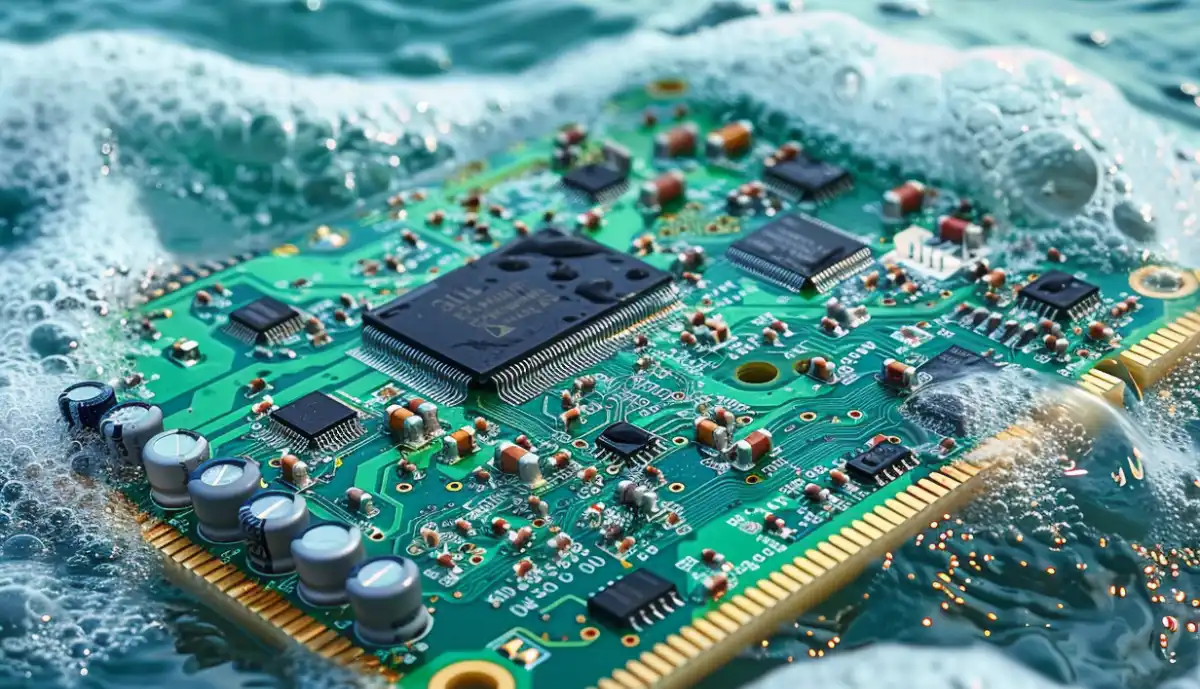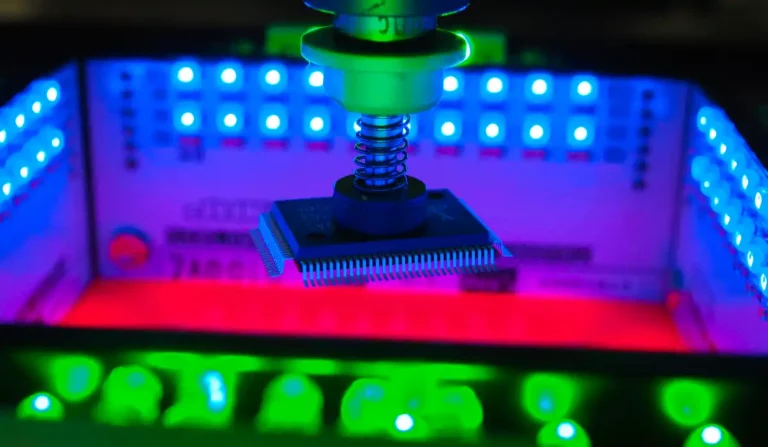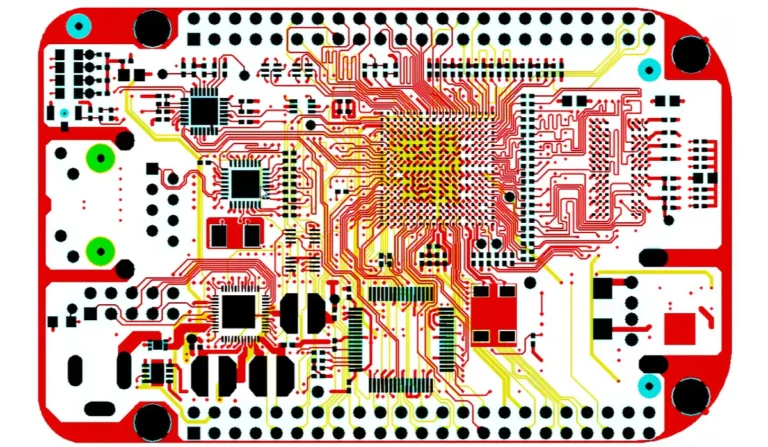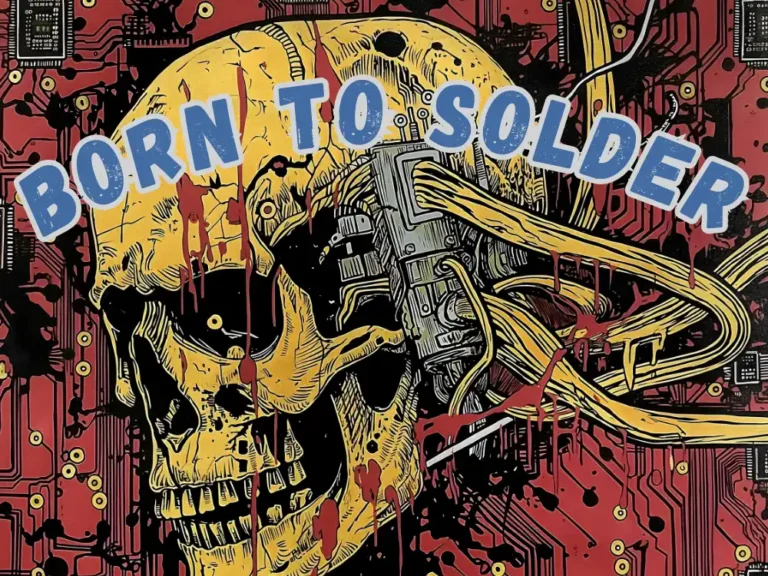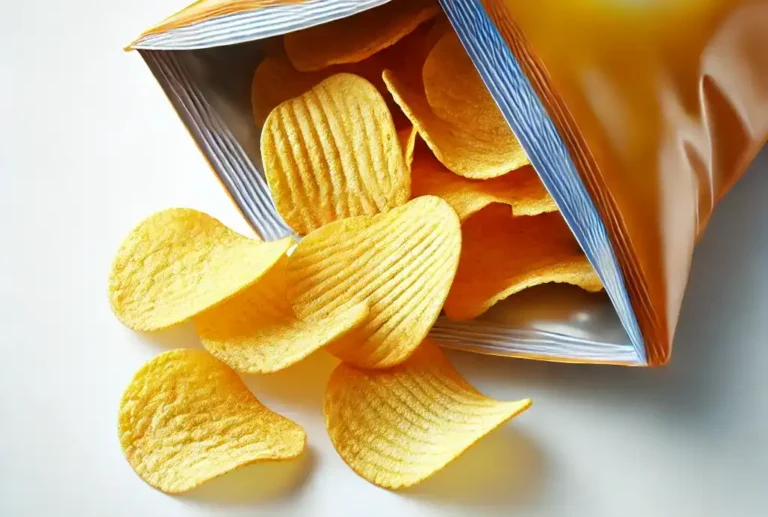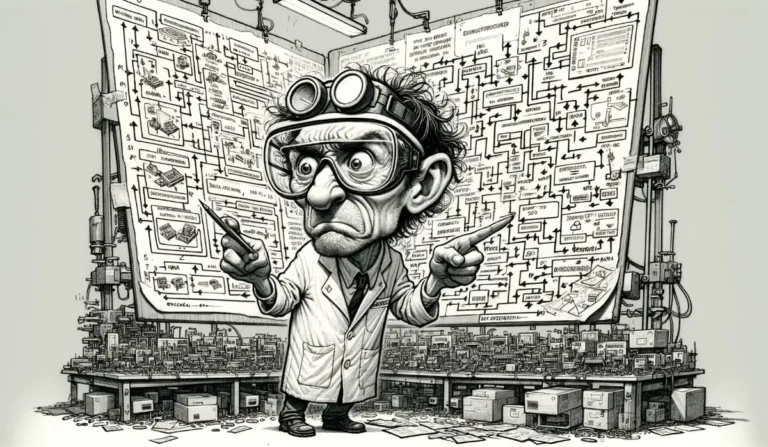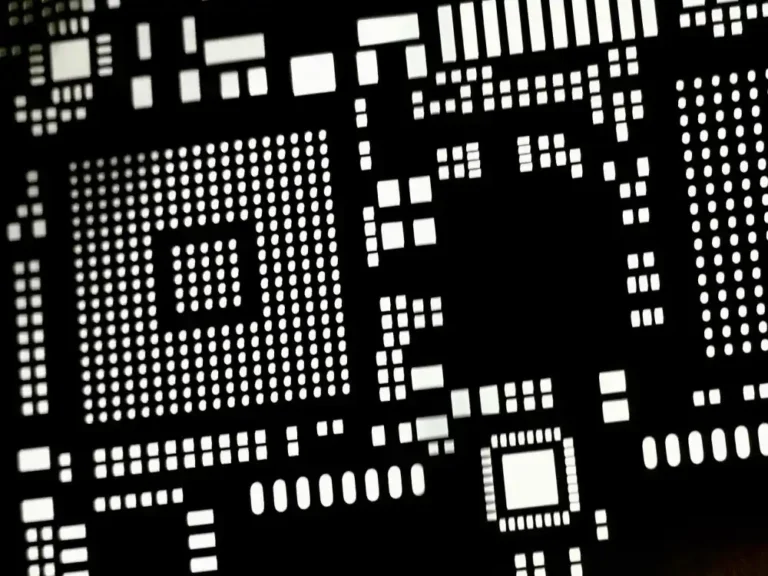Best Practices for Cleaning Flux Residues from PCBs: A Comprehensive Guide
Welcome back, tech enthusiasts! Today, we’re diving into the squeaky clean world of PCB (Printed Circuit Board) cleaning. Yes, you heard that right—it’s all about scrubbing away those pesky flux residues. But why bother? Let’s just say it’s not just about keeping things shiny.
Why Cleaning Flux Residues is Crucial
Imagine building a high-tech gadget only for it to malfunction because of some gunky leftovers. Not fun, right? Here’s why you need to clean that flux off your PCBs:
- Corrosion Prevention: Flux residues can be as corrosive as a jealous ex. Left unchecked, they’ll eat away at your PCB, ruining your precious solder joints.
- Electrical Integrity: Flux residues can create unintended conductive paths, causing electrical leaks and short circuits. Think of it as a sneaky saboteur in your circuit.
- Adhesion for Conformal Coatings: Conformal coatings are like raincoats for your PCBs, protecting them from moisture and dust. Flux residues can prevent these coatings from sticking properly, leaving your boards exposed to the elements.
- Inspection and Testing: Residual flux can hide solder joint defects, making inspection tougher than finding Waldo in a candy cane factory.
- Preventing Dendritic Growth: Moisture plus flux residues equals dendritic growth—a fancy term for unwanted metal filaments that can short-circuit your board. It’s like an unwanted garden growing in your electronics.
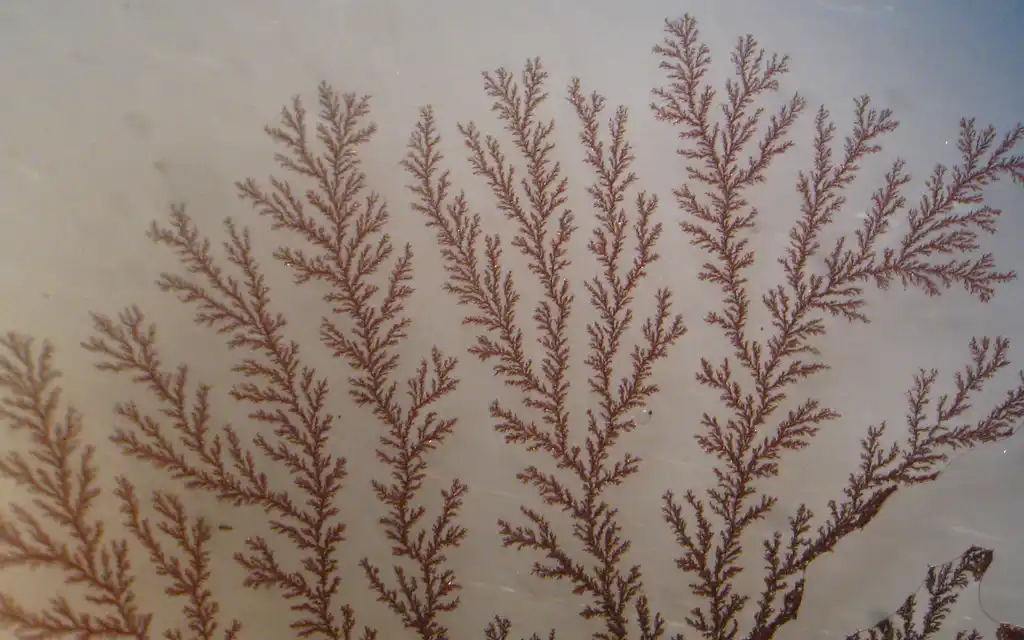
The Cleaning Methods
Now, onto the juicy part—how do we clean these little devils off our PCBs? Here are the top methods:
- Manual Cleaning
- Method: Brushes, swabs, and solvents like isopropyl alcohol (IPA).
- Pros: Cheap and cheerful. Great for small jobs or targeted cleaning.
- Cons: Labor-intensive, inconsistent, and not ideal for high-volume or complex assemblies. Plus, it’s a bit like cleaning your house with a toothbrush.
- Ultrasonic Cleaning
- Method: High-frequency sound waves create tiny bubbles in a cleaning solution, which scrub the PCB clean.
- Pros: Effective for tight spaces and complex geometries. Consistent results.
- Cons: Expensive equipment and potential damage to sensitive components. Think of it as the high-tech spa treatment for your PCBs.
- Aqueous Cleaning
- Method: Water-based solutions with saponifiers in a wash and rinse cycle.
- Pros: Environmentally friendly and effective on various flux residues. Perfect for high-volume production.
- Cons: Requires drying equipment and lots of space. It’s like a mini car wash for your PCBs.
- Solvent Cleaning
- Method: Organic solvents dissolve flux residues, often in vapor phase or immersion baths.
- Pros: Quick and highly effective.
- Cons: Environmental and health concerns, plus disposal issues. Think of it as the dry cleaning of PCB cleaning methods.
- No-Clean Flux
- Method: Use flux that leaves minimal, benign residues designed to stay on the board.
- Pros: Skips the cleaning step entirely, saving time and money.
- Cons: Residues can still impact certain applications, especially high-frequency circuits. It’s like leaving crumbs on your bed—not always a good idea.
The Best Method for Low-Standoff Components like BGAs
When it comes to cleaning low-standoff components like BGAs (Ball Grid Arrays), you need a method that can sneak into those tight spots. The best contenders are:
- Ultrasonic Cleaning
- Perfect for penetrating those tiny gaps under BGAs with its cavitation bubbles.
- Spray-in-Air (Jet) Cleaning
- High-pressure jets of cleaning solution blast away residues, even from under low-standoff components.
Both methods are like ninja cleaners, getting into places where no brush or swab could ever reach.
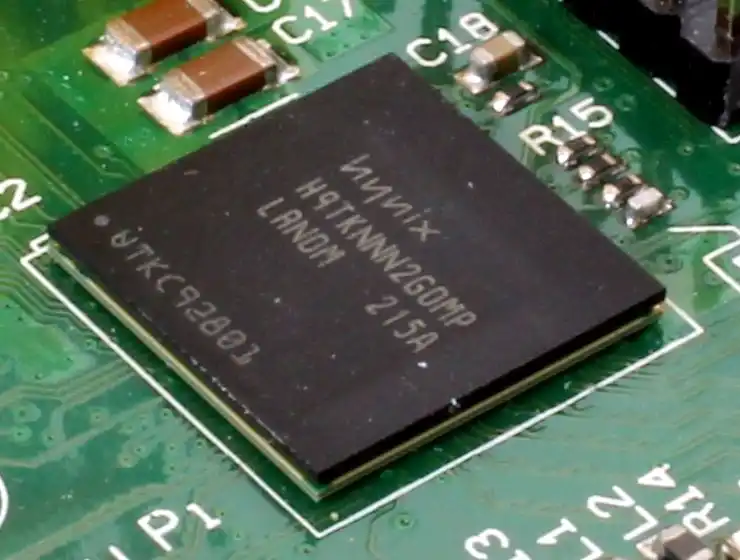
Should PCB Cleaning Be Avoided If Not Required?
While cleaning PCBs is essential in many cases, it’s also true that it adds to the cost and lead time of the manufacturing process. So, should you skip it if it’s not strictly necessary? The answer depends on several factors, including the type of flux used, the application of the PCB, and the specific requirements of your project.
When to Consider Avoiding Cleaning
- Use of No-Clean Flux:
- Description: No-clean fluxes are designed to leave minimal, non-conductive, and non-corrosive residues that do not require removal.
- When to Avoid Cleaning: If your assembly process uses no-clean flux and your PCBs are intended for applications where residues won’t affect performance or reliability, skipping the cleaning process can save time and reduce costs.
- Non-Critical Applications:
- Description: Some electronic assemblies are used in non-critical environments where exposure to harsh conditions is minimal.
- When to Avoid Cleaning: If your PCBs are used in consumer electronics or other non-critical applications where slight residues won’t impact functionality or longevity, it might be feasible to forgo cleaning.
- Conformal Coating Plans:
- Description: Conformal coatings can protect PCBs from moisture and contaminants.
- When to Avoid Cleaning: If you’re planning to apply a conformal coating and the flux residues don’t interfere with coating adhesion, cleaning might be unnecessary. Remember that the compatibility of the flux and the coating must be ensured.
When Cleaning is Necessary
- High-Reliability Applications:
- Description: Applications such as aerospace, medical devices, and automotive electronics require the highest reliability and long-term performance.
- When to Clean: For these applications, the risk of corrosion, electrical leakage, and other issues necessitates thorough cleaning to ensure reliability and safety.
- High-Frequency and High-Voltage Circuits:
- Description: Flux residues can affect the performance of high-frequency and high-voltage circuits by introducing conductive paths and altering impedance.
- When to Clean: To maintain signal integrity and prevent electrical failures, cleaning is essential in these applications.
- Post-Production Inspections:
- Description: Residues can obscure solder joints, making visual and automated inspections difficult.
- When to Clean: To ensure quality and compliance with industry standards, cleaning is crucial for clear inspections and defect identification.
Considering Washing in Design and Component Selection
If washing is determined to be necessary, it should be factored into the design phase and the selection of components. Here’s why and how:
Designing for Cleanability
- Component Selection:
- Water-Resistant Components: Select components that can withstand aqueous cleaning processes. Some components may be sensitive to moisture and cleaning solutions, so choosing water-resistant versions is crucial.
- Sealed Components: Use components with sealed constructions to prevent ingress of cleaning agents, which could damage internal elements.
- Board Layout:
- Clearance and Spacing: Ensure adequate spacing between components to allow cleaning agents to penetrate and remove flux residues effectively.
- Orientation: Consider the orientation of components to minimize areas where residues can accumulate and ensure that cleaning agents can flow freely.
- Material Compatibility:
- Resistant Materials: Use PCB materials and solder masks that are resistant to cleaning agents to prevent degradation during the cleaning process.
- Drainage and Drying:
- Design for Drainage: Design the PCB with proper drainage paths to ensure that cleaning solutions can be effectively removed.
- Ensure Drying: Incorporate features that facilitate thorough drying to prevent moisture-related issues post-cleaning.
Conclusion
Cleaning flux residues from PCBs is a balancing act between cost, time, and necessity. While it’s an added expense and can increase lead time, it’s often critical for ensuring the performance and reliability of electronic assemblies. If you’re using no-clean flux in non-critical applications, you might safely avoid cleaning. However, for high-reliability, high-frequency, or high-voltage applications, or where post-production inspections are rigorous, cleaning is indispensable.
Moreover, if washing is required, it’s essential to incorporate this into the design phase. Selecting washing-resistant components and designing the PCB for effective cleanability can save time and prevent issues down the line. By considering these factors, you can ensure that your PCBs meet quality standards and perform reliably in their intended applications.
Stay tuned for more electrifying topics on our blog. Until next time, keep those circuits clean and those solder joints shiny!

